Welcome to the 398 new members of the curiosity tribe who have joined us since Friday. Join the 28,496 others who are receiving high-signal, curiosity-inducing content every single week. Share this on Twitter to help grow the tribe!
Today’s newsletter is brought to you by M1 Finance!
M1 Finance is an all-in-one finance super app - allowing you to invest, borrow, and spend on one easy-to-use, technology-driven platform. I am a longtime fan of the product, but have truly been blown away by the accelerating pace of new product rollouts. M1 has no minimums and offers smart auto-invest, zero commission trades, and so much more. I love the platform and know you will too!
Join thousands of other happy customers and open an M1 account today!
Today at a Glance:
Children ask questions to understand the world around them and establish first principles; but somewhere along the way, they are told to stop exploring.
The Socratic Method is a cooperative, argumentative process of asking questions to expose flawed logic, establish first principles, and generate creative, imaginative solutions to complex problems.
It can be put to use in a wide variety of scenarios, including in the worlds of investing, startup building, and education.
Productive Discomfort: The Socratic Method
Humans are born with remarkable curiosity. But somewhere along the way, we are told to stop asking questions. We are told to just accept things. We are told to stop exploring.
The result? Unimaginative, linear minds and atrophied critical thinking skills.
Fortunately, there is a proven strategy for reclaiming your curiosity, stimulating critical thinking, and establishing first principles.
The Socratic Method.
Introduction
The human mind is naturally wired for critical thinking.
Children are born with an innate curiosity - a desire to understand the world and all of its complexities. If you have kids (or have been around them), you’ve seen this in action. They constantly, incessantly ask “Why?” about absolutely everything.
Here’s a common occurrence for any parent:
Mom: “Ok, it’s time for bed. You need to get some sleep.”
Kid: “Why?”
Mom: “Because you need sleep to think clearly and grow.”
Kid: “Why?”
I’ll stop. You can see where this is going…
The reality is they aren’t doing it to be annoying (contrary to what many parents might think!). Children ask questions in order to develop a deeper understanding their existence and surroundings. The world is fascinating. Everything is so new to a child.
They ask questions in an effort to dive deeper, think critically, and establish first principles. And newsflash…it works!
How many times has a parent had the above interaction, only to realize that they themselves do not know the answer to the questions being asked? If open to the idea, it leads to new learning of fundamental truths (e.g. why humans need to sleep!).
Children are the original first principles thinkers.
Unfortunately, as we get older, we are typically told - by teachers, our parents, or otherwise - to stop asking questions. Responses like “Because I said so” or “Because that’s how we’ve always done it” pile up. Our critical thinking muscles begin a slow, steady decay into adulthood. We begin to rely on base assumptions that we have been told are true (but have not independently verified).
In certain cases, this can be (mostly) fine. Heuristics and decision-making razors are helpful in making quick decisions.
But when dealing with more complex edge cases where creativity is required, using heuristics can lead to unimaginative, linear solutions that closely resemble what has been done before.
So how do we fight back, rebuild our critical thinking muscles, and establish first principles?
Enter our powerful tool: The Socratic Method.
History
The Socratic Method is a process of asking and answering questions to stimulate critical thinking and expose and vet underlying assumptions and logic. It is both cooperative and argumentative. It is a strategy for establishing first principles (the basic, foundational truths) in a problem solving process or discussion.
Its aim is to create an environment of productive discomfort for its participants.
The Socratic Method is named after the Greek philosopher, Socrates, who developed it as an alternative method of debate and teaching. Socrates disagreed with the style of the “sophists” of the era - teachers who used rhetoric and gravitas to entertain and persuade students.
Believing that sophists were promoting a self-centered style, he began promoting the Socratic Method as an alternative. The basic structure involved progressive questioning to expose flawed logic, eliminate hypotheses, and sharpen thinking.
Let’s cover how it works…
The Socratic Method in Practice
The Socratic Method is dynamic, but typically follows a general four step structure:
Start with open-ended questions.
Propose ideas based on these questions.
Probe these ideas with progressive questioning.
Repeat steps 2 and 3 until the best ideas are developed.
Imagine your team has encountered a challenge that requires an imaginative solution.
Start at the surface. Start asking questions. What is the problem you are trying to solve? We often waste time and energy trying to solve the "wrong" problem. Identify the “right” problem before you try to solve it!
This is where it gets fun. Dive deeper. Sketch out your current thinking on the problem, including the origins of that thinking. Open the floor for targeted questioning. Why do you think this? Is the thinking too vague? What is it based upon? Challenge each other (collaboratively!).
Challenge the assumptions underlying the original thinking. Why do you believe this to be true? How do you know it’s true? How would you know if you were wrong? Identify the source of beliefs on a problem. Be ruthless in evaluating their integrity and validity.
Evaluate the evidence used to support the thinking. What concrete evidence do I have? How credible is it? What “hidden evidence” may exist?
Understand the consequences of being wrong. Can this be quickly fixed? How costly is this mistake? Always understand the stakes.
Evaluate the potential alternatives. What alternative beliefs or viewpoints might exist? Why might they be superior? Why do others believe them to be true? What do they know that I don’t? Evaluate them on their merits and ask these same fundamental questions about them.
After zooming in, zoom out. What was my original thinking? Was it correct? If not, where did I err? What conclusions can I draw from the process about systemic errors in my thinking?
So we have seen how it works. Let’s cover some practical applications of the Socratic Method…
The Socratic Method in Investing
The best investors have long been proponents of the Socratic Method. They build structure to enforce a Socratic approach to the investment decision-making process.
Every proposal before the “investment committee” is questioned and dissected from a variety of angles (at least in theory). It makes it difficult for an investment based on flimsy assumptions to pass through.
Note: This doesn’t mean every investment made ends up being a successful one! It simply ensures that investments are grounded in clear, evidence-backed assumptions (even if changing circumstances later disprove those assumptions). Surface-level thinking is quickly rooted out from the system.
The Socratic Method in Startups
Elon Musk is an advocate of the method, having honed it during his brief stint at Queen’s College.
“One particular thing that I learned at Queen’s was how to work collaboratively with smart people and make use of the Socratic method to achieve commonality of purpose.” - Elon Musk
He came to rely on it at his various startups, including Tesla and SpaceX, where creative, imaginative solutions for large, complex problems are a requirement of staying in business.
The Socratic Method can be a powerful unlock for ambitious teams. Question base assumptions, ask “why?” incessantly, and expose flawed logic to uncover better hypotheses. Tesla and SpaceX are just two such examples - there are many more.
The Socratic Method in Education
The Socratic Method is a mainstay of legal and medical education curriculums, but has been forgotten in most other fields. Most programs favor lecturing - it’s easier. Few encourage targeted, rigorous questioning or environments of productive discomfort for the professor and students.
This is one reason why our critical thinking muscles wither as we get older. We aren’t training them! Change is most definitely coming. Programs like Synthesis School are specifically designed to create productive discomfort and encourage questioning in children.
The Socratic Method is simple, yet as these varied examples have shown, it is dynamic, powerful, and useful across a wide range of situations, particularly when you are looking to challenge the status quo with new, inventive solutions.
That does it for today’s newsletter. I hope you found it helpful and will put these new learnings to good use!
Please share it and help me grow this amazing tribe of curiosity seekers!
Sahil’s Job Board - Featured Opportunities
SuperFarm - VP/Director Account Ops, Scrum Master (NEW DROP!)
AbstractOps - Head of Engineering (NEW DROP!)
Commonstock: Community Manager, Social Media Manager, Marketing Designer, Backend Engineer (NEW DROP!)
Launch House - Community Lead
Free Agency - Chief of Staff
Beyond Protocol - Director of Ops, Director of Business Development
Avicado - Marketing Manager
Pallet - Full Stack Software Engineer
The full board can be found here!
We have had a bunch of hires through the board and the results for featured roles have been insane! If you are a high-growth company in finance or tech, you can use the “Post a Job” button to get your roles up on the board and featured in future Twitter and newsletter distributions.
That does it for today. Join the 28,500+ others who are receiving high-signal, curiosity-inducing content every single week! Until next time, stay curious, friends!
*Note: Nothing contained herein should be construed as personal investment advice.





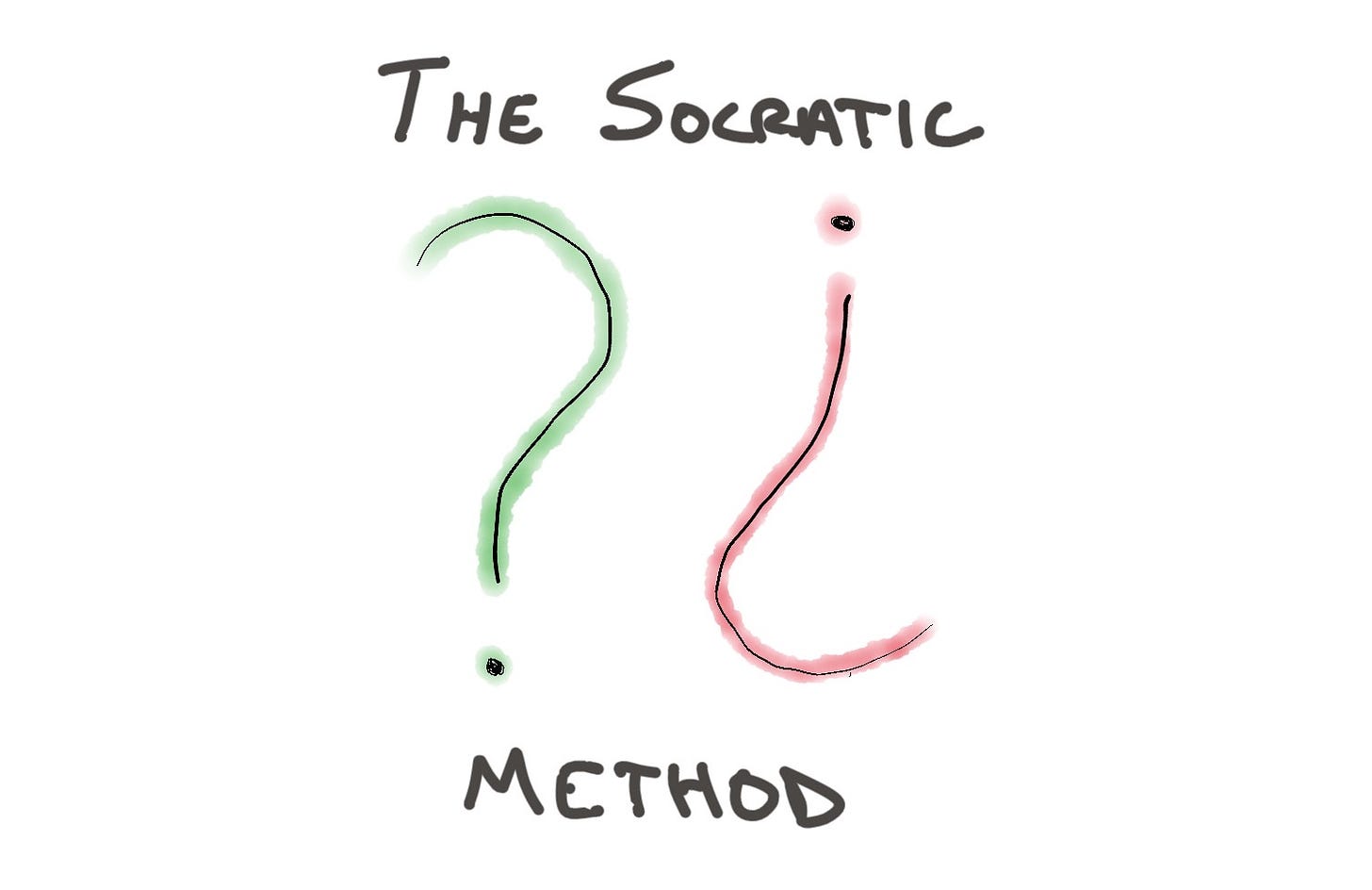


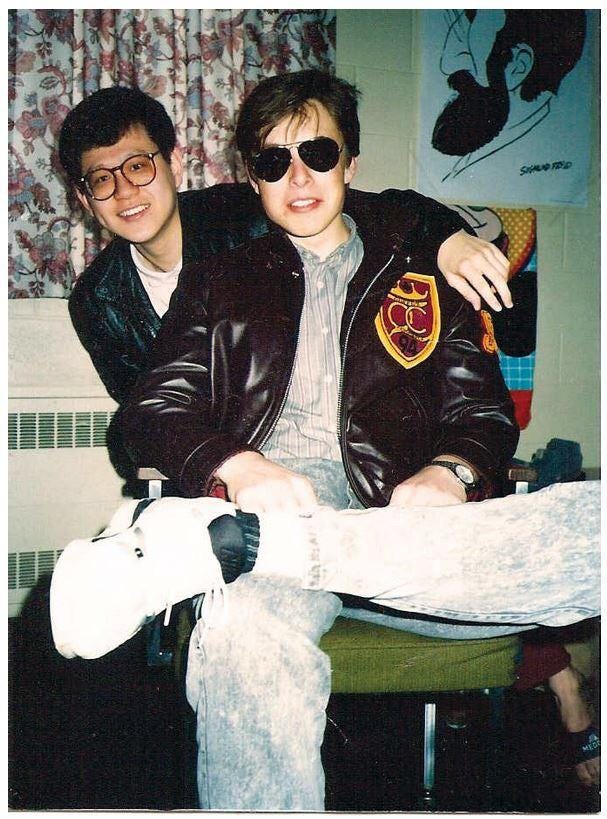





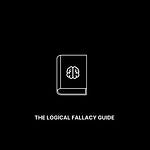
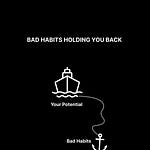

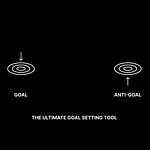

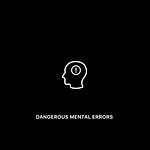
Productive Discomfort: The Socratic Method